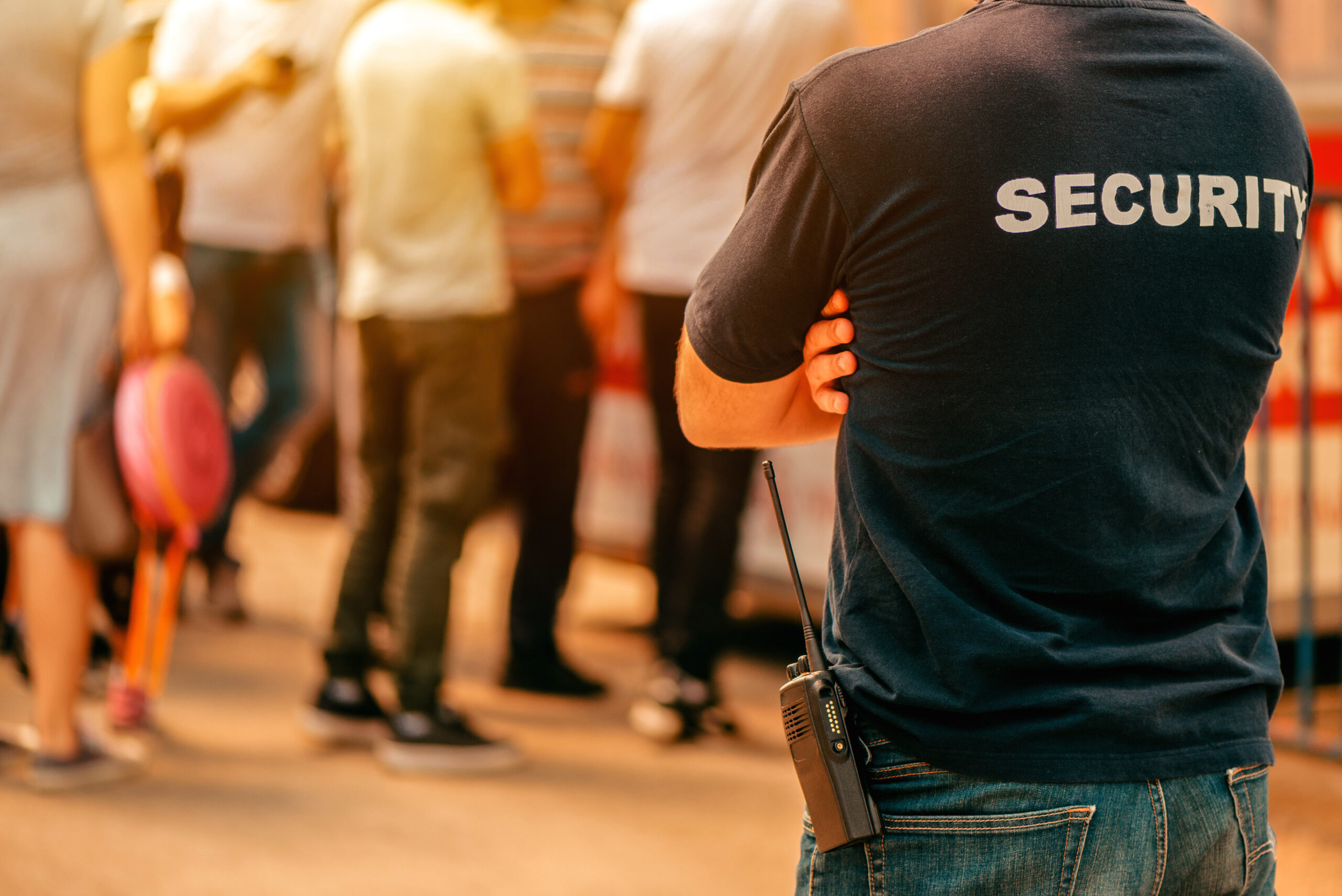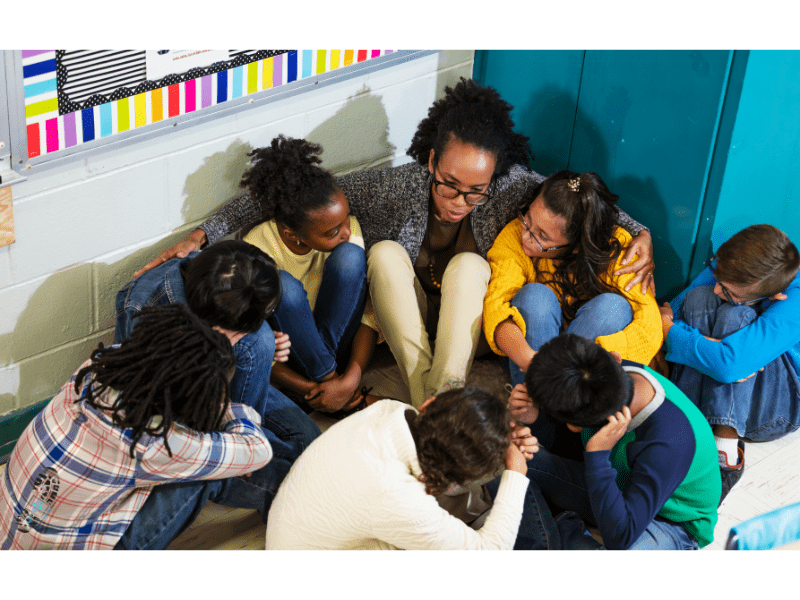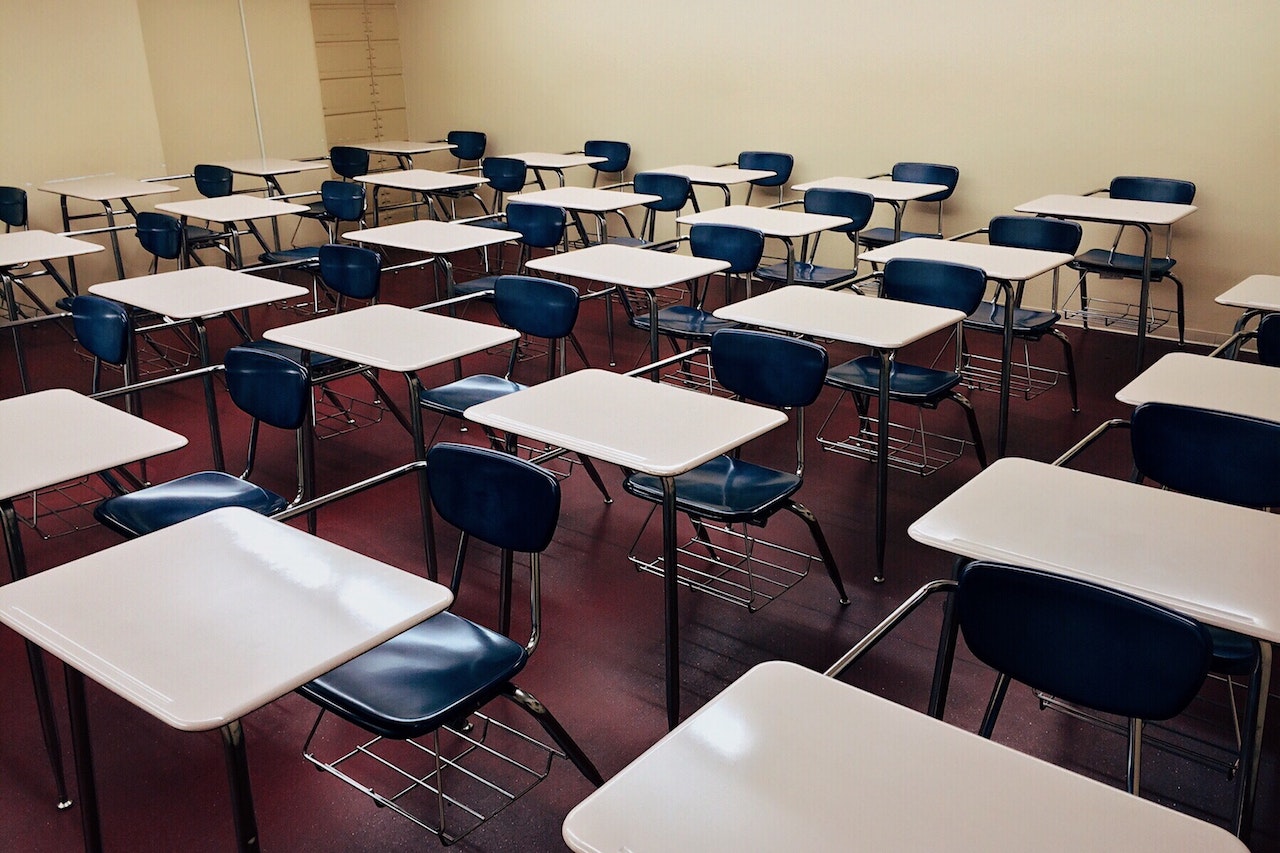American youth are suffering from an undeniable mental health crisis. In recent years, children have been exposed to increased environmental stressors. Social isolation during the COVID-19 lockdowns and pressures from social media have alarmingly impacted adolescents.
More and more students are exhibiting behavioral and mental health issues in school than ever before. In 2022, “Nearly 8 million children and adolescents in the U.S. suffered from a serious mental illness.” If not addressed, these issues could have negative long-term effects on their education and emotional well-being. To combat these growing concerns, school systems must expand mental health services.
Contributors to Mental Health Issues
Mental illnesses in children and adolescents can range anywhere from attention deficit disorders and behavioral problems to depression and anxiety. External factors like pandemic lockdowns and excessive social media consumption are some of the leading contributors to negative thoughts and feelings among children.
COVID-19 Lockdowns
Due to school closures and social distancing requirements during the COVID-19 pandemic, students transitioned into remote learning. For many, online learning limited their interaction with others, resulting in feelings of isolation. The non-profit SOS Children’s Village of Illinois says, “Young people have proven especially vulnerable to mental health issues related to the COVID-19 pandemic. School closures, having to learn remotely, and isolating from friends due to physical distancing have been sources of stress and loneliness.”
As lockdown restrictions lifted and students returned to in-person learning, teachers reported heightened levels of anxiety and behavioral issues among students. Additionally, students were falling behind academically, performing significantly worse than pre-pandemic levels. According to the Institute of Education Sciences, “Public schools reported that 36 percent of their students on average were behind grade level prior to the pandemic. At the beginning of both the 2021–22 and 2022–23 school years, public schools reported on average half of their students were behind grade level.”
Excessive Social Media Use
Throughout the pandemic, students turned to social media for entertainment and an escape from social isolation. While social media offers a way to connect with others, excessive use has proven to have negative impacts. Newport Academy, the nation’s leading teen treatment center for mental health, says, “Many experts believe that the constant stimulation of social networking shifts the nervous system into fight or flight mode. As a result, this makes disorders such as ADHD, teen depression, oppositional defiant disorder, and teen anxiety worse.”
Exposure to unrealistic beauty standards on social media is a pressing concern, especially for young girls. Body image issues can lead to mental health problems, including low self-esteem, body dysmorphia, depression, and eating disorders.
At age thirteen, 53% of American girls are “unhappy with their bodies.” This grows to 78% by the time girls reach seventeen.
What Schools Should Do
With students spending a considerable amount of time in school, school systems must play an active role in identifying problematic behaviors in students. Dr. Laura Erickson-Schroth, psychiatrist and chief medical officer at The Jed Foundation, shares, “Young people spend more of their waking hours in school than anywhere else, so we have a responsibility as a society to make school a place where their emotional health is supported and where they’re learning emotional skills that will help them to deploy and thrive as adults.”
Destigmatize Mental Health
Students struggle to address mental health issues and are hesitant to seek help because of the stigmatization of mental health. Educators and administrators must dismantle these stigmas with resources and programs that promote mental health transparency. The Mental Health Foundation movement, #breakthestigma, calls attention to mental health issues and the urgency to address the increase in emotional health disorders. By creating spaces where students feel safe coming forward, students can talk with trusted adults without fear of judgment by their peers.
Prioritize Early Prevention
It is essential to identify and address mental health and behavioral concerns early on. The longer an issue goes unnoticed or unchecked, the more likely it is to progress into something more serious.
Get Parents Involved
It is not up to the school system to handle student issues alone. Communication is key when it comes to addressing mental health concerns. The school should maintain an open dialogue with the student, their parents, and their teachers. This coordinated effort is critical to ensuring that the student is monitored, at home and school, for signs of improvement or decline that require swift support or corrective action.
Offer Mental Health Resources
Schools must help bridge the gap between mental well-being and education. Offering the proper tools for students to navigate concerning behavior builds a strong foundation for success. It is important to note that these tools should be supplemental to other outside resources. Some helpful tools include:
- Referring students and parents to effective mental health programs like The Be Kind People Project or Erika’s Lighthouse
- Educating teachers and staff on emotional health
- Promoting social and emotional competency
- Encouraging physical activity
Introducing mental well-being programs into school systems can decrease behavior referrals and increase academic performance. Mental well-being programs have higher success rates when teachers have the proper materials to assist students. With access to these resources, students are given the upper hand in emotional development.
How The LockOut Co. Can Help
The LockOut Co. recognizes the connection between mental health and school safety. Violence against others is a potential byproduct of a negative mental state. That is why we encourage schools, teachers, and students to utilize available mental health resources.
Our training programs teach more than lockdown safety. We refer students to helpful materials, including anonymous tip lines, anti-bullying resources, and mental health resources. Students leave the training session knowing that they are not alone. We reinforce that people and resources are available to help them navigate challenging feelings and behaviors.
To learn more about our mission to protect students, contact us by visiting our website, calling (517) 708-7583, or emailing info@lockoutusa.com.



